Same Day Delivery - USA Wide!
Top 10 Edible Flowers to Add Flavor and Beauty to Your Meals

The world of edible flowers offers an array of vibrant colors, unique flavors, and surprising health benefits. By incorporating these flowers into your meals, you can elevate your culinary creations and enhance your well-being. In this article, we will explore the top 10 edible flowers, their health benefits, and safe usage practices.
The Appeal of Edible Flowers
Edible flowers add a touch of elegance and visual appeal to any dish. With their stunning hues and delicate textures, they can transform an ordinary meal into a work of art. In addition to their aesthetic value, edible flowers also provide a variety of distinctive flavors that can complement and elevate your favorite dishes.
Health Benefits of Incorporating Flowers into Meals
Many edible flowers boast impressive health benefits, including high levels of vitamins, minerals, and antioxidants. Incorporating them into your diet can support your immune system, promote healthy digestion, and even help protect against chronic diseases.
How to Choose and Use Edible Flowers Safely
Before using edible flowers in your meals, it's essential to ensure they are safe for consumption. Always choose flowers from a trusted source, such as an organic garden or specialty store, and avoid using flowers from florists, as they may contain harmful pesticides. Additionally, be sure to thoroughly wash your flowers and remove any insects or debris before using them in your dishes.
1. Nasturtiums (Tropaeolum majus)
Description and Flavor Profile
Nasturtiums are characterized by their vibrant orange, yellow, or red blooms and round, lily pad-like leaves. They have a slightly peppery taste, similar to watercress, and add a refreshing bite to your dishes.
Health Benefits
These colorful flowers are rich in vitamins A, C, and D, as well as iron and other minerals. They can help boost your immune system, support healthy skin and eyes, and promote overall well-being.
Culinary Uses and Pairing Suggestions
Nasturtiums work well in salads, sandwiches, and seafood dishes. They can also be used as a garnish or to add a burst of color to your favorite recipes.
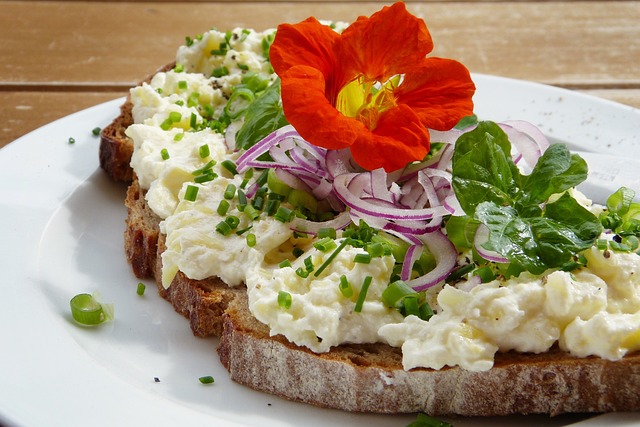
2. Calendula (Calendula officinalis)
Description and Flavor Profile
Calendula flowers, also known as pot marigolds, feature bright orange or yellow petals with a slightly bitter, tangy flavor. They are versatile and can be used both fresh and dried.
Health Benefits
Calendula is known for its anti-inflammatory and antimicrobial properties, making it a popular choice for treating skin irritations and infections. Additionally, it is packed with antioxidants, which can help protect your body from damage caused by free radicals.
Culinary Uses and Pairing Suggestions
Calendula petals can be used to add color and flavor to salads, soups, and rice dishes. They can also be infused into oils or vinegars for a unique and aromatic dressing.
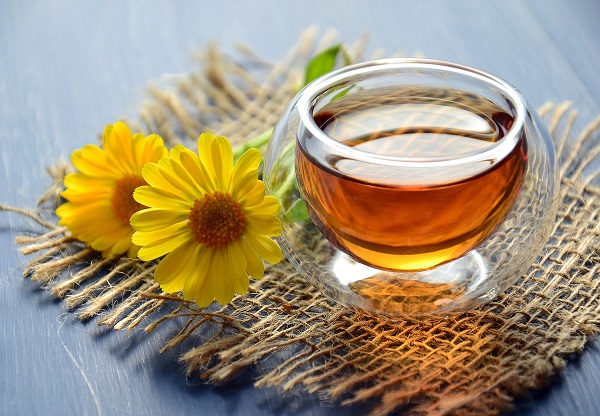
3. Borage (Borago officinalis)
Description and Flavor Profile
Borage flowers are recognizable by their delicate, star-shaped blue petals and mild cucumber-like flavor. They add a cooling, refreshing touch to any dish.
Health Benefits
Borage is high in essential fatty acids, which are important for maintaining healthy skin and hair, as well as supporting brain function and overall wellness.
Culinary Uses and Pairing Suggestions
These versatile flowers can be added to salads, cold soups, and beverages or used as a garnish for desserts and other sweet treats.
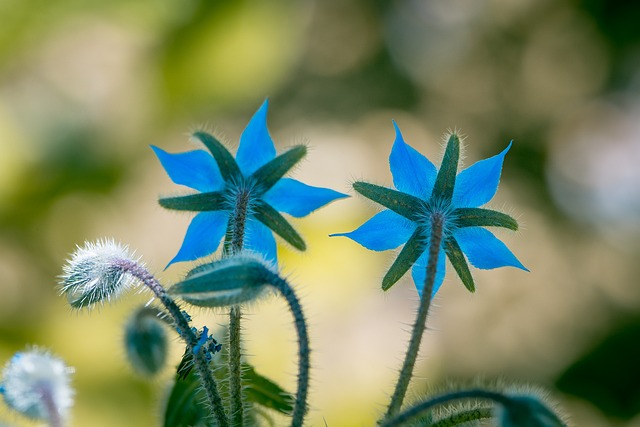
4. Violets (Viola spp.)
Description and Flavor Profile
Violets are small, delicate flowers with purple or white petals and a sweet, floral flavor. They make a lovely addition to both sweet and savory dishes.
Health Benefits
Violets are rich in vitamins A and C, and they also contain antioxidant and anti-inflammatory properties. These nutrients help support a healthy immune system, promote healthy skin, and protect your body from cellular damage.
Culinary Uses and Pairing Suggestions
Violets are perfect for decorating cakes and other desserts, infusing syrups, or adding a sweet touch to salads and beverages.
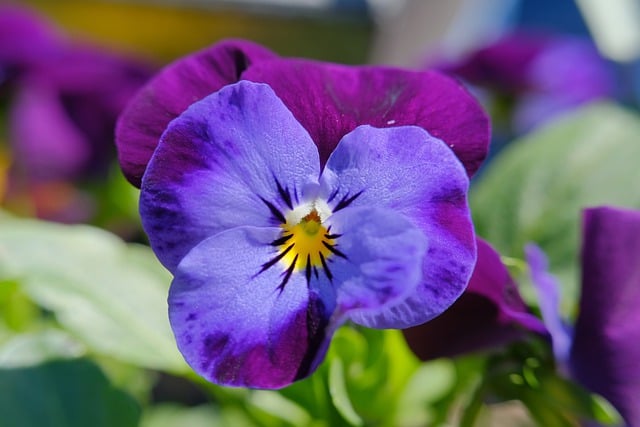
5. Pansies (Viola × wittrockiana)
Description and Flavor Profile
Pansies come in a wide range of colors and have a mild, slightly sweet flavor. Their vibrant hues make them a popular choice for garnishing dishes and adding a pop of color.
Health Benefits
Pansies are a good source of antioxidants, particularly the flavonoid quercetin, which can help protect against inflammation and oxidative stress.
Culinary Uses and Pairing Suggestions
These charming flowers are great for decorating cakes, adding to salads, or using as a garnish for cocktails and other beverages.
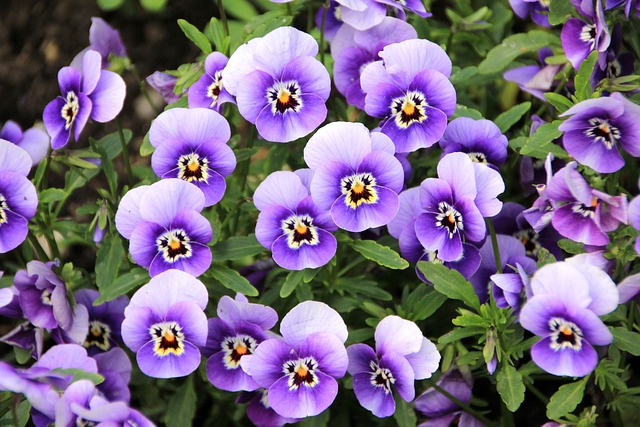
6. Lavender (Lavandula angustifolia)
Description and Flavor Profile
Lavender is well-known for its calming scent and beautiful purple flowers. It has a strong, slightly bitter flavor that works best when used sparingly.
Health Benefits
Lavender is believed to have numerous health benefits, including reducing anxiety, improving sleep, and alleviating digestive issues.
Culinary Uses and Pairing Suggestions
Lavender pairs well with honey, lemon, and other mild flavors. It can be used in desserts, teas, and cocktails or infused into sugar for a fragrant touch.
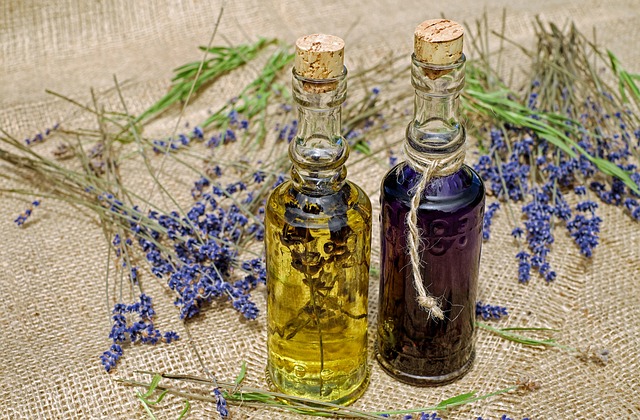
7. Dandelion (Taraxacum officinale)
Description and Flavor Profile
Dandelion flowers are bright yellow and have a mildly bitter, earthy taste. Both the petals and leaves can be used in cooking.
Health Benefits
Dandelions are packed with vitamins A, C, and K, as well as minerals like iron and calcium. They have been used in traditional medicine to support liver function, promote digestion, and aid in detoxification.
Culinary Uses and Pairing Suggestions
Dandelion petals can be used in salads, stir-fries, and teas, while the leaves make a nutritious addition to soups and sautés.
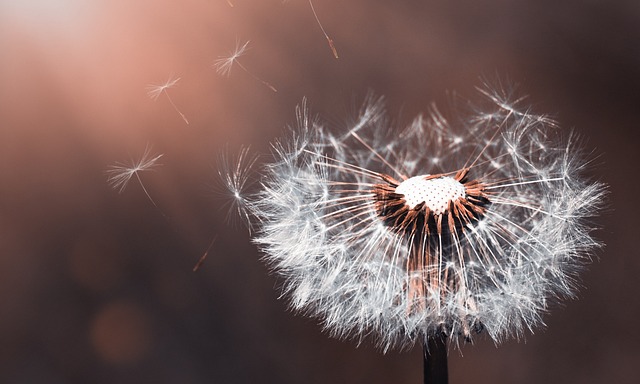
8. Hibiscus (Hibiscus sabdariffa)
Description and flavor profile
Hibiscus flowers have a tart, cranberry-like flavor and a deep red color. They're often used to make teas, jams, and sauces.
Health benefits
Hibiscus is known for its high vitamin C content and antioxidant properties. It may also help lower blood pressure and support heart health.
Culinary uses and pairing suggestions
Incorporate hibiscus into beverages, desserts, and sauces for a tangy, vibrant flavor. Pair hibiscus with tropical fruits, ginger, and mint.
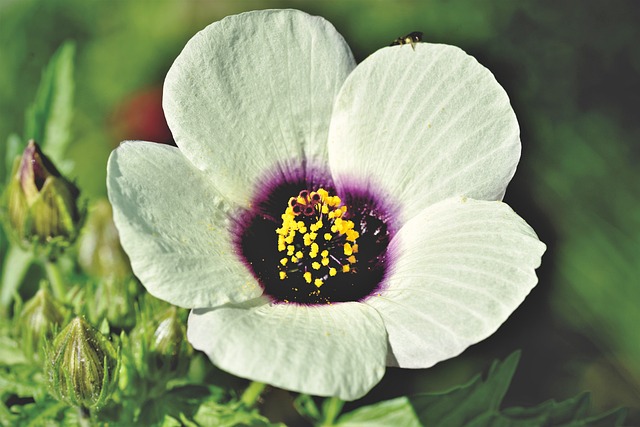
9. Chive Blossoms (Allium schoenoprasum)
Description and flavor profile
Chive blossoms are delicate, purple flowers with a mild, onion-like taste. They add a subtle flavor and pop of color to a variety of dishes.
Health benefits
Chive blossoms are rich in vitamins A and C, as well as minerals like calcium, iron, and potassium. They also possess antibacterial properties and can support healthy digestion.
Culinary uses and pairing suggestions
Add chive blossoms to salads, omelettes, and pasta dishes for a mild, oniony flavor. They also make a beautiful garnish for main courses and can be infused into vinegar. Pair chive blossoms with eggs, potatoes, and fresh herbs.
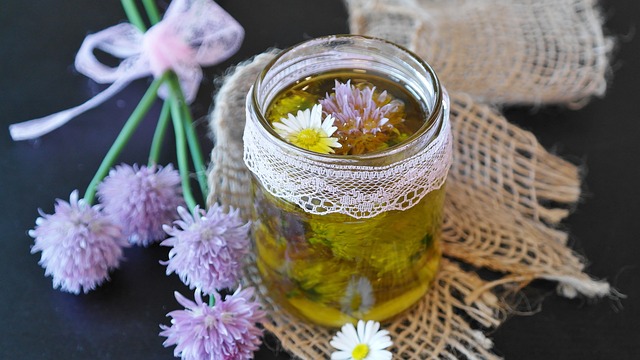
10. Rose (Rosa spp.)
Description and flavor profile
Rose petals are edible and come in various colors and flavors, ranging from sweet and fruity to spicy and aromatic. They add a touch of elegance and romance to any dish.
Health benefits
Roses are rich in vitamin C and antioxidants, which can help support a healthy immune system and combat inflammation. They also have antimicrobial and mood-enhancing properties.
Culinary uses and pairing suggestions
Incorporate rose petals into desserts, teas, and cocktails for a floral, fragrant flavor. They can also be used to infuse sugars, oils, and vinegars. Pair roses with fruits, chocolate, and cream-based dishes.
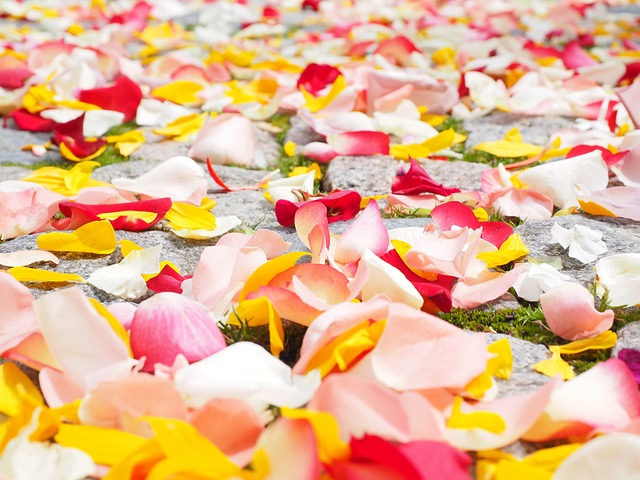
Tips for Using Edible Flowers
How to grow your own edible flowers
Growing your own edible flowers is a fun and rewarding endeavor. Choose pesticide-free seeds or plants from a reputable supplier, and follow the specific growing instructions for each variety. Ensure they receive adequate sunlight, water, and nutrients.
How to harvest and store edible flowers
Harvest edible flowers in the early morning or late afternoon, when their water content is highest. Gently wash and dry the flowers before storing them in an airtight container lined with a damp paper towel. Keep them refrigerated for optimal freshness.
Safety precautions and potential allergic reactions
Always confirm the edibility of a flower before consuming it, and be aware of potential allergic reactions. Introduce new flowers into your diet gradually, and avoid using flowers from the side of the road or those treated with pesticides.
Conclusion
The versatility and benefits of edible flowers
Edible flowers offer a world of possibilities in the culinary realm, providing stunning visual appeal, unique flavors, and numerous health benefits. They encourage creativity in the kitchen and elevate everyday meals into memorable experiences.
Encouraging readers to experiment with edible flowers
Experimenting with edible flowers is an exciting way to expand your palate and discover new tastes and textures. Start by trying a few of the flowers mentioned in this guide and let your culinary imagination run wild.
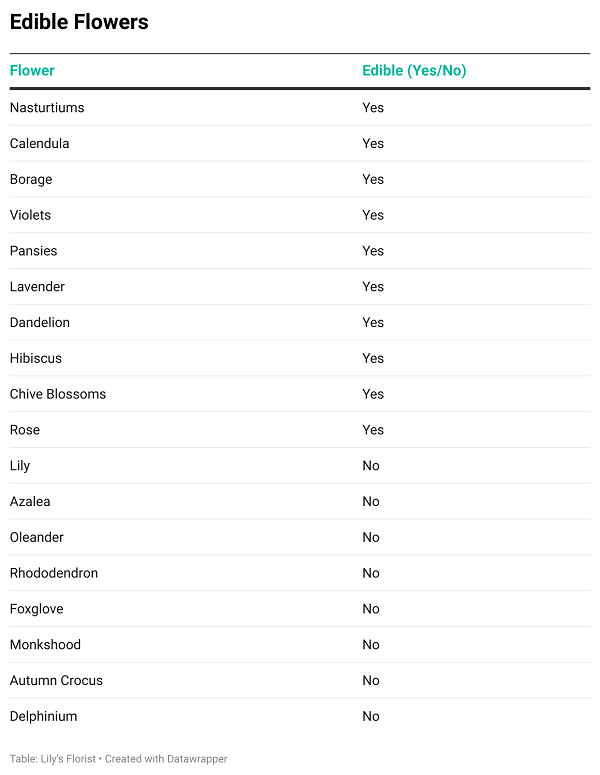
Frequently Asked Questions (FAQs)
Are all flowers safe to eat?
No, not all flowers are safe to eat. Be sure to research which flowers are edible and safe for consumption.
How do I know if a flower is edible?
Consult reputable sources, such as gardening guides or culinary experts, to determine if a flower is safe to eat. When in doubt, avoid consuming it.
Can I eat flowers bought from a florist?
It's not recommended, as florist flowers may have been treated with harmful chemicals or pesticides.
How long do edible flowers last after being harvested?
Edible flowers can last up to a week when stored properly in a cool, dark place, such as a refrigerator.
Can I freeze edible flowers for later use?
Yes, edible flowers can be frozen, though their texture may change slightly upon thawing.
How do I clean edible flowers before using them in a dish?
Gently rinse edible flowers under cool water and allow them to air dry or pat them dry with a clean towel.
Are there any specific flowers that are toxic or harmful to pets?
Some flowers, such as lilies, azaleas, and oleander, can be toxic or harmful to pets. Always research the safety of specific flowers for your pets and consult your veterinarian if you have concerns.
Blog Categories
Recent posts
- Easy-to-Grow Hardy Annuals for a Vibrant Garden
- Yellow Flowers: Spreading Joy, Friendship, and Happiness
- Popular Flower Superstitions: Fact Or Fiction
- Flower Alternatives: 5 Plants with Colorful Foliage
- Just Because: The Act of Giving Spontaneous Flowers
- The Role of Flower Superstitions in History, Literature and Art

